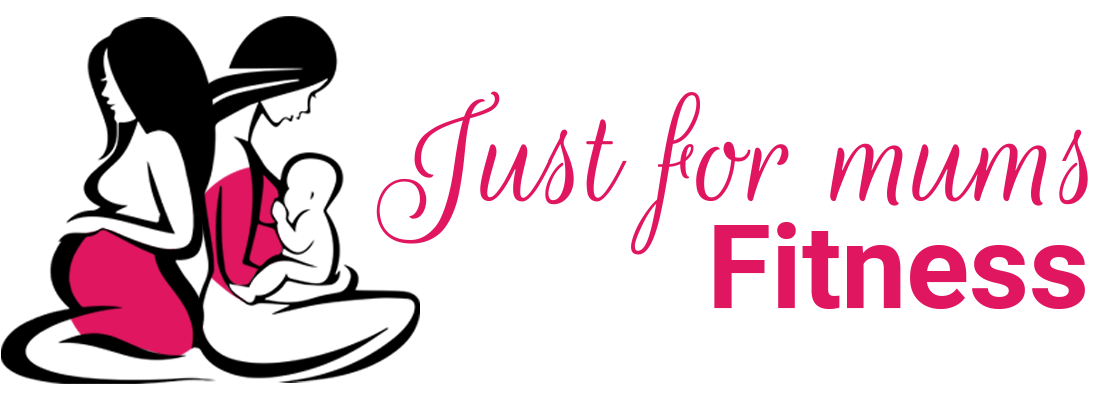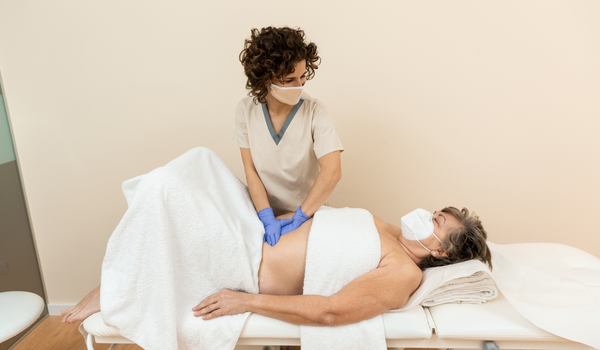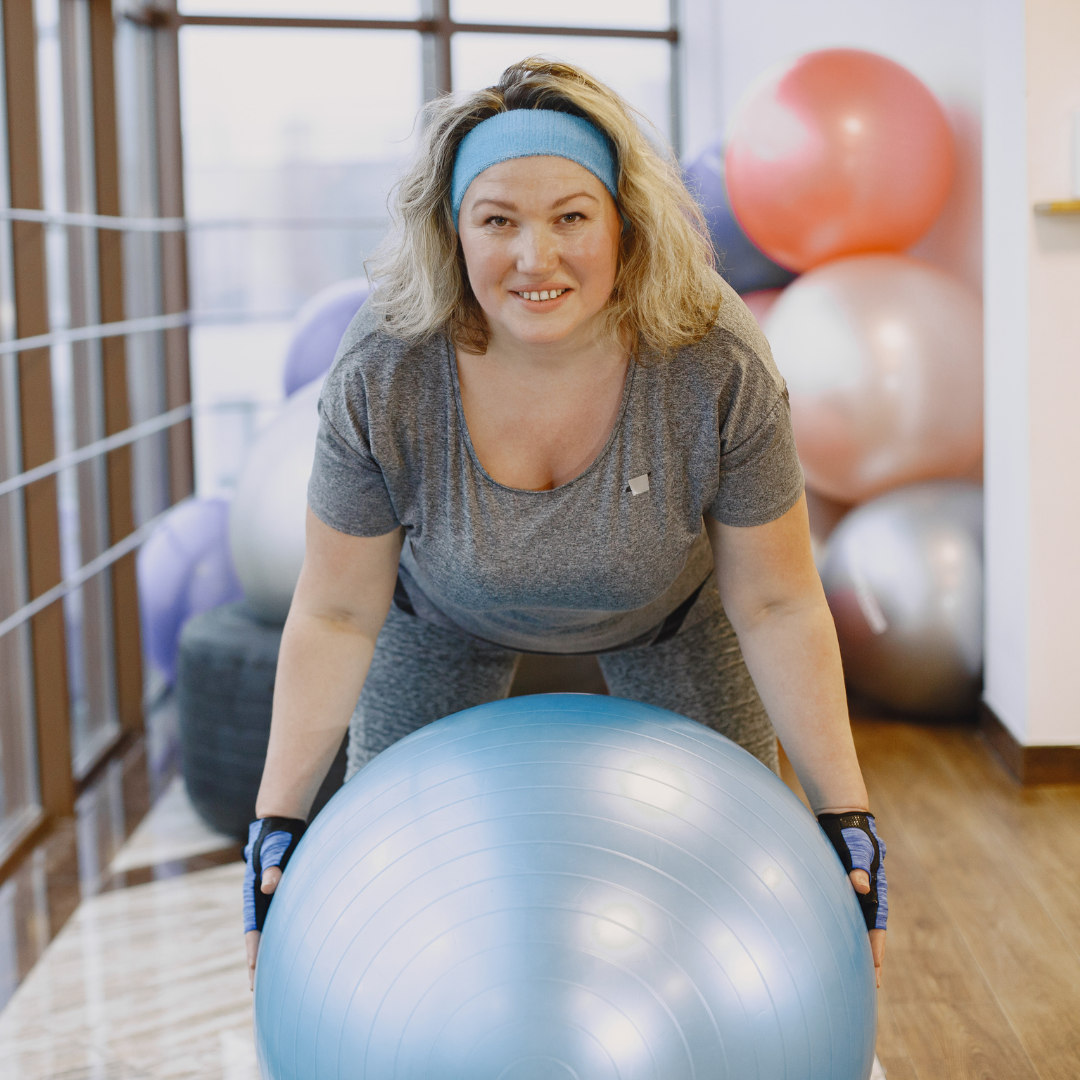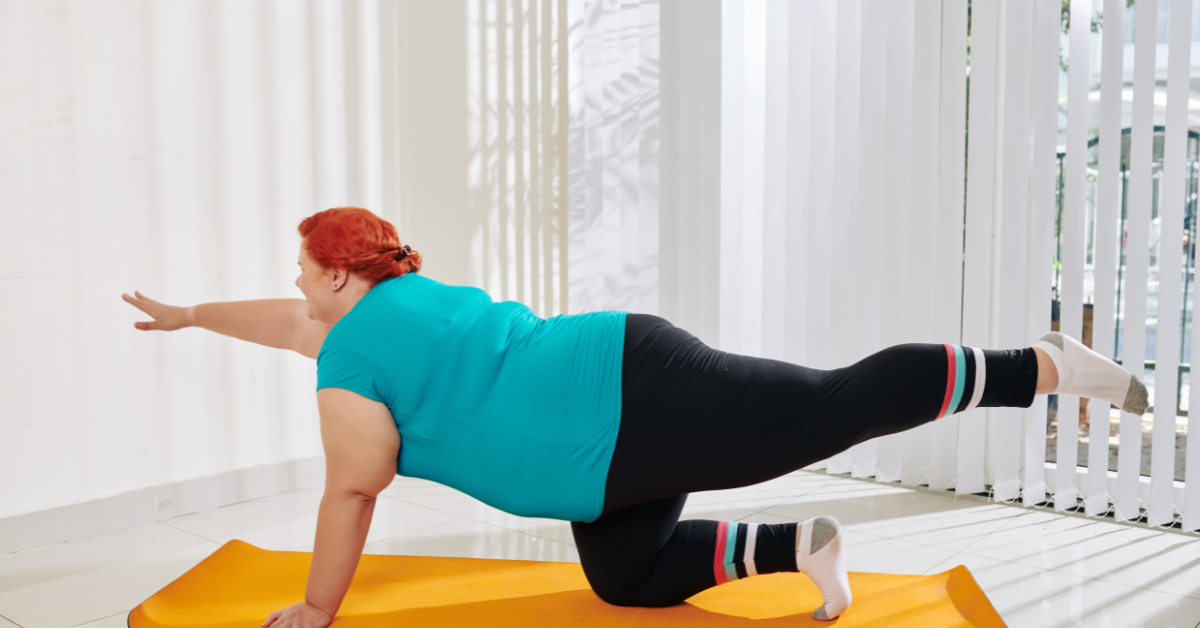This blog post provides an overview of Diastasis Recti, a condition where the abdominal muscles separate, leading to a gap in the middle. It covers the causes, prevention, and treatment of Diastasis Recti, including physical therapy, core-specific exercises, pelvic floor exercises, lifestyle changes, and surgery.
What is Diastasis Recti?
Diastasis recti is where the abdominal muscles separate, leaving a gap in the middle. It is commonly seen in pregnant women but can also occur in men and non-pregnant women due to age, genetics and weight gain. The condition can lead to a bulging of the abdomen and weakness in the core muscles. It can be treated through physical therapy and exercise programs specifically targeting the abdominal muscles.
What causes Diastasis Recti?
Diastasis recti is caused by a separation of the rectus abdominis muscles, which are the muscles that run vertically on either side of the midline of the abdomen. These muscles are responsible for maintaining abdominal stability and supporting the spine and are commonly known as the “six-pack” muscles.
During pregnancy, the growing uterus puts pressure on the abdominal muscles, which can cause the muscles to separate. As the uterus expands, it pushes the abdominal muscles apart, stretching the connective tissue that holds them together. This results in separation, or gap, between the muscles.
Other factors that can contribute to diastasis recti include obesity, repetitive movements that put stress on the abdominal muscles, and genetics. Men and non-pregnant individuals can also develop diastasis recti due to factors such as age, weight gain, and poor posture.
It’s important to note that diastasis recti is not just a cosmetic issue. It can lead to several functional problems, such as back pain, incontinence, and hernia, as well as a loss of core strength.
If you suspect you might have diastasis recti, it is best to consult a doctor or physical therapist to get a proper diagnosis and treatment plan.
Diastasis Recti self-check
In this FREE guide, I show you how to self-check Diastasis Recti and provide you with a few exercises you can do that will help heal the gap.
How do you prevent Diastasis Recti?
While preventing diastasis recti completely may not be possible, some steps can be taken to reduce the risk of developing the condition or minimize its severity.
For pregnant women:
- Engage in regular exercise during pregnancy, focusing on exercises that target the core and abdominal muscles.
- Avoid exercises that put a lot of pressure on the abdominal muscles, such as crunches or sit-ups.
- Maintain good posture and avoid over-exerting yourself during pregnancy.
- Wear supportive clothing and avoid gaining excessive weight during pregnancy.
Our postpartum home workout programme – ‘Retrain’ incorporates a mix of strength training and mobility, low-intensity cardio, TVA breathing and core and floor-specific work.
For those who are not pregnant:
- Maintain a healthy weight and body composition.
- Engage in regular exercise, focusing on exercises that target the core and abdominal muscles.
- Avoid exercises that put a lot of pressure on the abdominal muscles, such as crunches or sit-ups.
- Maintain good posture, and avoid straining the abdominal muscles.
- It’s important to note that, as various factors can cause it, not all cases of Diastasis Recti can be preventable. Consulting a physical therapist or other healthcare professionals can help determine the best course of action for your case.
How do you heal diastasis recti?
Healing diastasis recti typically involves a combination of exercises, physical therapy, and lifestyle changes. The specific treatment plan will depend on the severity of the condition and the individual’s overall health.
Here are some standard methods used to heal diastasis recti:
Physical therapy
A physical therapist can teach you exercises that help to strengthen the abdominal muscles and improve posture. These exercises will help you to activate the transverse abdominis muscle, which is the muscle that sits deepest in the abdominal wall and helps to support the spine and organs.
Core-specific exercises
A targeted exercise program will help to bring the abdominal muscles back together and improve the function of the core. Core-specific exercises, such as planks, side planks, dead bugs and bird dogs, can effectively heal diastasis recti.
Pelvic floor exercises
Exercising your pelvic floor muscles can help improve the pelvic floor’s function, which can help reduce symptoms of diastasis recti such as incontinence and back pain.
Lifestyle changes
Losing weight and maintaining a healthy body composition can help reduce pressure on the abdominal muscles and improve overall health.
Surgery
In some cases, surgery may be recommended to repair the separation in the abdominal muscles.
It’s essential to work closely with a physical therapist or other healthcare professionals to develop a treatment plan that is tailored to your specific needs. If you suspect you have diastasis recti, it’s best to consult a doctor or physical therapist to get a proper diagnosis and treatment plan.
It’s also important to note that healing diastasis recti can take time, and being patient and consistent with your treatment plan is important.
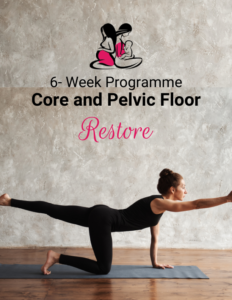 Our core and floor programme is designed specifically for postpartum women to help strengthen the core and pelvic floor and heal diastasis recti. Each workout is only 15 mins long and can be done anytime during the day.
Our core and floor programme is designed specifically for postpartum women to help strengthen the core and pelvic floor and heal diastasis recti. Each workout is only 15 mins long and can be done anytime during the day.
